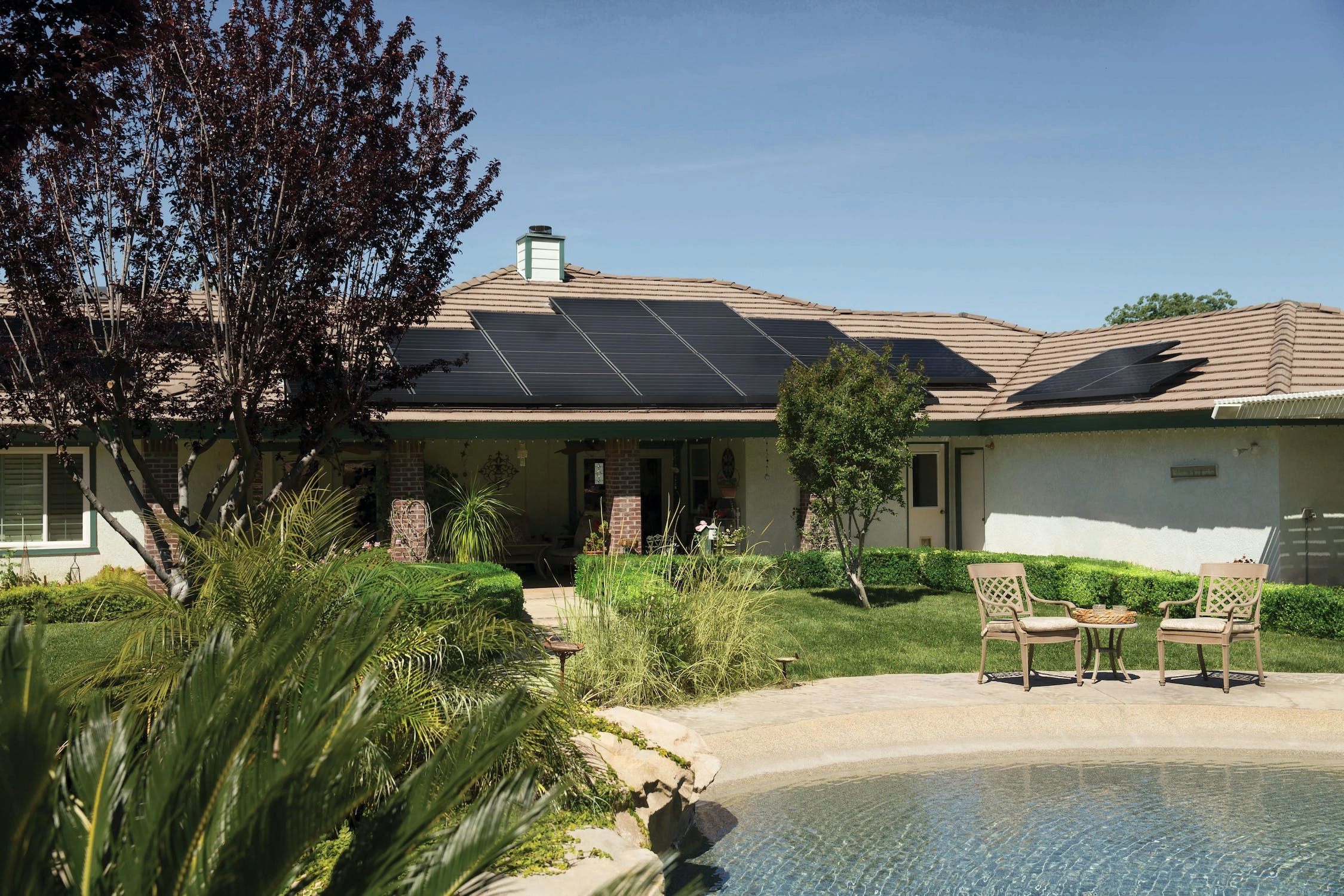Lighting is the area where solar panels are first applied. Especially as of the early 1990s, as a result of the development of technology, the increase in cell efficiency and the decrease in panel prices, solar lighting systems have become quite common in the world.
The general principle of the system is based on the principle that the electricity obtained from the solar panels during the day is stored in the batteries and the energy turns on the special light bulbs at night.
Application areas of solar energy lighting systems:
• Park and garden lighting
• Street lighting
• Factory, workplace, shopping mall, university garden and parking lots
• Signaling, security systems
• Totem, billboard, bus stop lighting
• Gas stations
• Emergency lighting
• City decorative lighting
Equipment used in solar powered lighting:
• Luminaire: Especially economical light sources should be used. In this way, the amount of energy consumed by the lamp will decrease; this will reduce the capacity of the needed solar panel and battery and reduce the system cost. For example, instead of high power sodium vapor lamps, using LEDs that create the same illumination level but have half the power consumption and will reduce the system cost by half. The most preferred light sources in such lighting applications are fluorescent lamps, LEDs and SOX lamps.
• Solar Panel: Since the solar panel is in the position of the generator of the system, it should be designed correctly. While dimensioning the panel, the values for the time when the daytime is the shortest (21 December) throughout the year should be taken and the system should be simulated according to the solar radiation values on this day. Most of the time, the biggest mistakes in system design are made in panel selection. Incorrect selection of the panel size will cause the system to not work in the winter months. We also receive such complaints from the previous practices of different companies in the Middle East.
• Battery: Battery design is as important as solar panel sizing. The most important issue in this design is the concept of autonomy time. Even if the sun never comes out, the number of days that the energy needed by the lamp will be provided is called the autonomy period.
In general, the autonomy period is determined as 3 days, except for special applications. This means that even if the sun does not come out for 3 days, the energy we need will be supplied from the battery. In addition, it is undesirable for the battery to be completely discharged. Because in such a case, the life of the battery is reduced. For this reason, besides the 3-day autonomy period, the battery packaging should be chosen approximately 30% more.
• Inverter: Electricity produced from solar panels is DC. Therefore, it is suitable for direct battery charging. Batteries also store DC electricity and transmit it as DC when needed. For this reason, lamps working with DC electricity are generally used in these systems.
However, sometimes it may be desirable to use lamps that work with the existing mains electricity. In this case, a DC/AC converter is needed. However, since the inverters generally work with an efficiency of 93-95%, there is some loss in the electrical energy coming to the lamp. In order to prevent these losses, it is much more logical to establish a DC system.
• Special Automation: Thanks to the special automation prepared for the charge regulator, the illumination level of the lamps can be reduced at certain times in order to save energy according to the state of charge of the battery.
• Charge Regulator: Charge regulator is an electronic device that controls the current coming from the panel to the battery. It prevents the battery from being overcharged and discharged. In addition, it detects the panel surface as a sensor and ensures that the lighting turns on automatically when it gets dark, and turns off automatically when it is illuminated.
• Construction: The construction to be placed at the top of the pole should be designed in the most appropriate way, taking into account the wind load, panel weight and battery weight, if any.
Advantages of solar energy lighting systems:
• Only initial investment cost
• Almost zero operating cost
• Low electrical losses
• Easy to install
• No external dependency
• Ability to generate AC/DC electricity as needed
Points to be considered in lighting design:
• Energy consumed by the light source per hour
• Daily operating time
• Design according to the worst insolation value in the year
• Autonomy time of the battery


